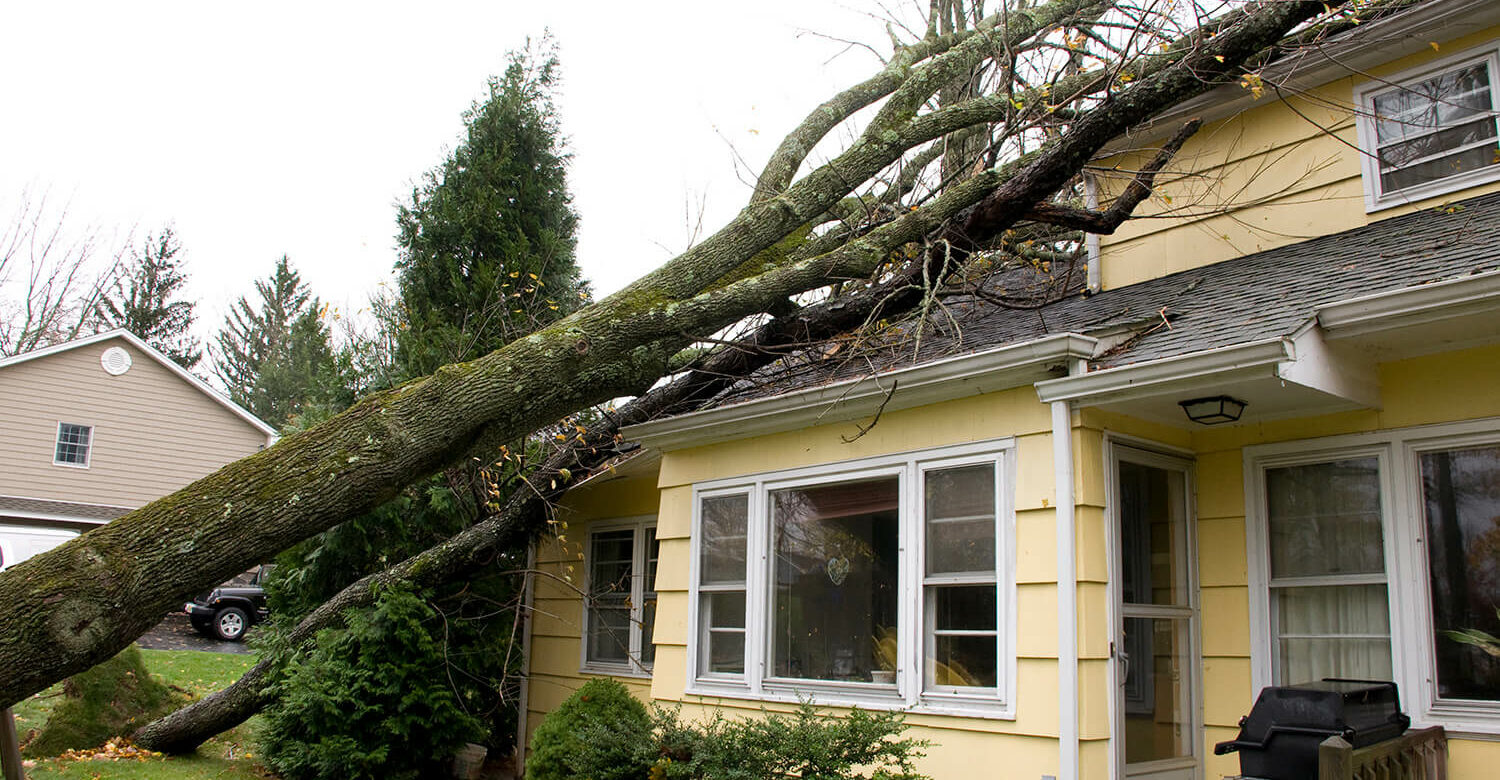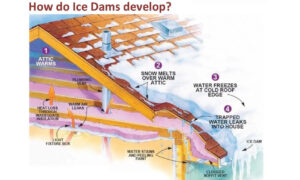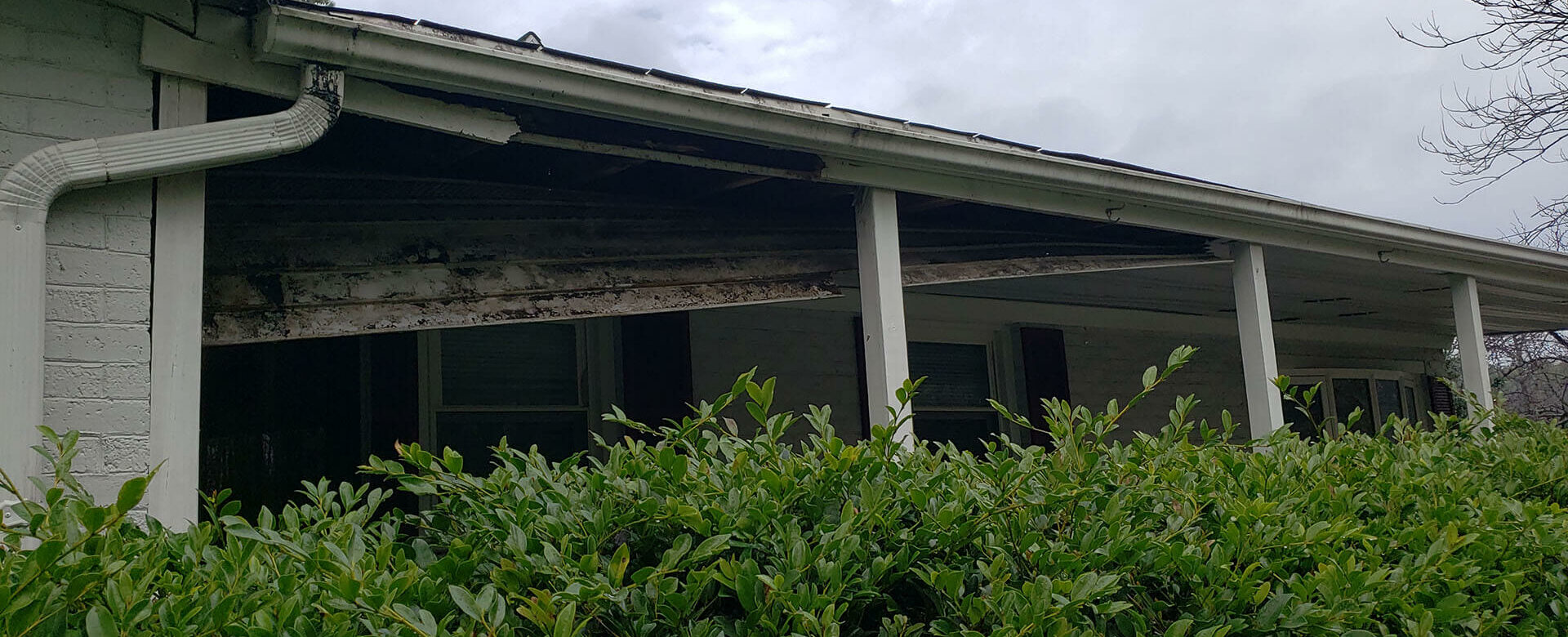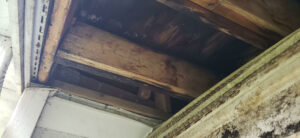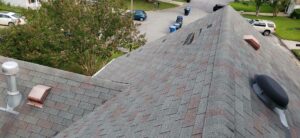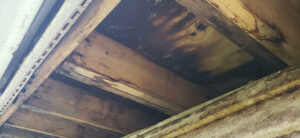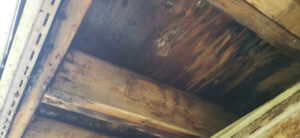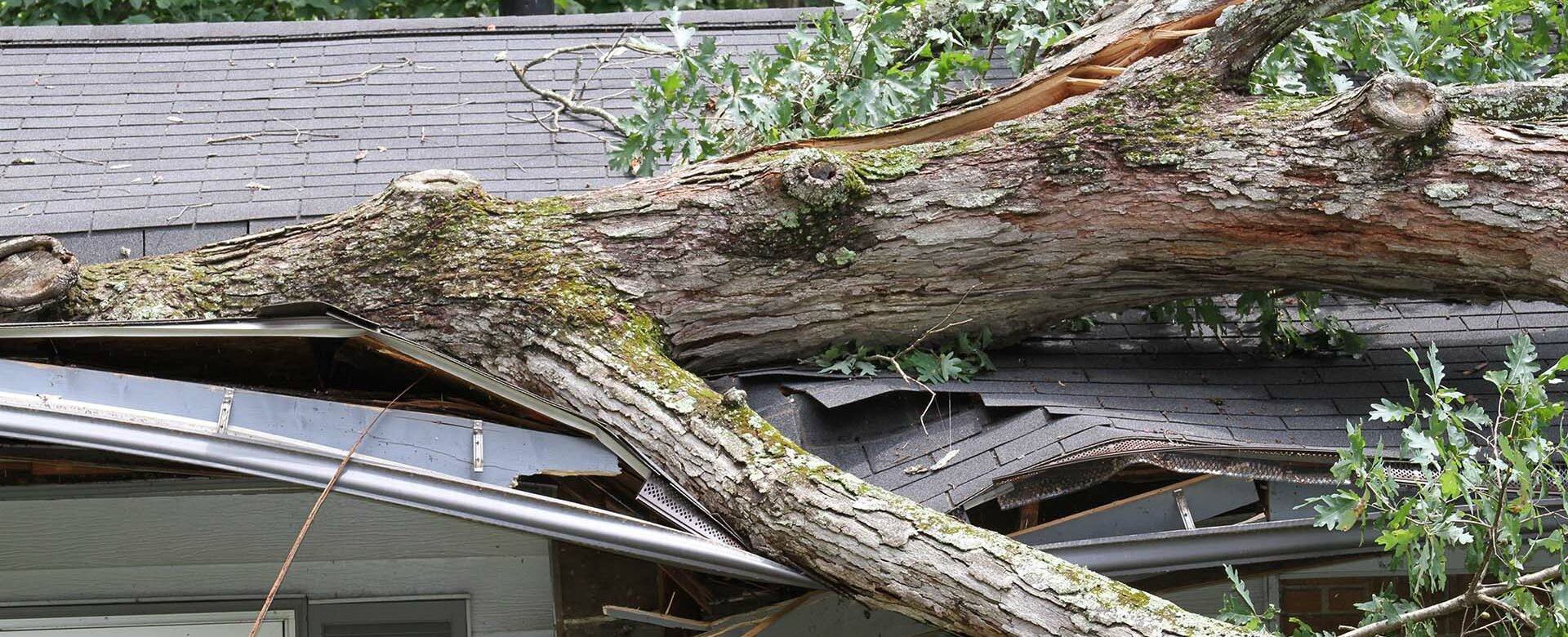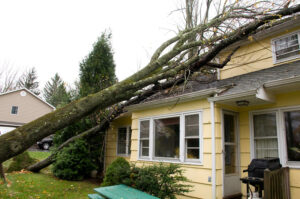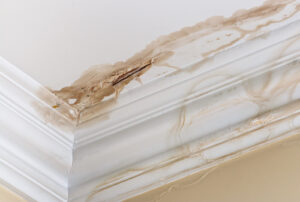Hurricane season is an unfortunate, but familiar reality for homeowners in Hampton Roads and across Southeast Virginia.
Every year the local and national meteorologists take their best bet on how many storms we’ll have and how severe they may be, but anyone who has lived here long enough knows – you truly can’t predict the weather when it comes to tropical storm systems. But even if you can’t control how and when the storms will hit, there are things you can control around your own home —starting from the top down. Your roof and gutters are your first line of defense against high winds and heavy rain, and proper preparation can make a major difference in minimizing potential storm damage.
As we head into high hurricane season, when historically the storms in our region are the most frequent and severe, we’ve compiled some practical ways you can prepare your home, including steps that can help you in the event you need to file an insurance claim.
- Inspect Your Roof for Weak Points
Before hurricane season ramps up, schedule a professional roof inspection. A roofing contractor can check for:
- Loose, missing, or damaged shingles
- Exposed fasteners or flashing issues
- Soft spots in decking that may indicate water damage
- Signs of aging or deterioration in your roof system
If issues are found, addressing these small problems now, by having a professional do the repairs, can help prevent much larger issues if a storm rolls through. If major damage occurs, you’ll also have paperwork showing that your roof was recently inspected and/or repaired and so any subsequent damage was, in fact, caused by the storm itself. This can come in handy when filing insurance claims.
- Clean and Secure Gutters and Downspouts
Gutters play a critical role in keeping water away from your home’s foundation. Before a storm, clear out any leaves, sticks, or debris that may be clogging them. Also, check that your gutters and downspouts are securely fastened to your home—strong winds can easily tear loose systems away, creating projectiles that could cause even more damage. Consider installing gutter guards if you live in a heavily wooded areas where pine needles, leaves or other debris buildup is a recurring problem.
- Trim Overhanging Branches
Tree limbs that hang over your roof or gutters can break during high winds and cause serious damage. Trimming back trees from around your house before storm season will reduce the likelihood of branches penetrating and damaging your roof. It also reduces the impact of leaves clogging your gutters. Call out a professional tree company before the storms hit, because once they do, it could be months before any tree company in the area will have availability again.
- Document Your Roof and Home Exterior
If you’ve ever had to file an insurance claim for storm damage you know how important this step is. In the event of storm damage, having clear, up-to-date photos of your roof and home exterior can make the insurance claims process much smoother. Take detailed photos and videos of your roof, gutters, siding, and yard before hurricane season begins and before each major storm is predicted to come through the Tidewater region. Store them digitally in case you need to access them quickly. Having them on your phone is ideal, in case computers or other hardware is damaged or inaccessible.
- Review Your Insurance Coverage
Now is also the time to check your homeowner’s insurance policy. Make sure your coverage is current and that you understand what is and isn’t covered when it comes to wind and water damage. If necessary, update or increase your insurance coverage. This is especially important for homeowners without mortgages. While individuals with mortgages typically have to keep their insurance at a particular level to satisfy the lender, unmortgaged homes don’t have this requirement. If your home is paid off and it’s been a while since you’ve updated your coverage, now is the time to do so. Keep a copy of your policy and your insurance company’s contact information in a safe, waterproof location as well as in your phone for easy access.
- Schedule Regular Maintenance
The best preparation is ongoing care. Regular roof and gutter maintenance not only protects your home during hurricane season but also extends the lifespan of your roof. Consider setting up annual inspections with a trusted local roofing company to ensure your roof is always ready to face the elements.
Trust Andrews Roofing to Help You Weather the Storm
At Andrews Roofing, we’ve been helping Hampton Roads homeowners protect their homes for decades. From routine inspections to emergency repairs after a storm, our team has the expertise for our particular region to keep your roof performing at its best. If you’d like to schedule a roof inspection before hurricane season, contact us today.
